PDF] Patent Ductus Arteriousus Device Closure in an Infant with Rubinstein–Taybi Syndrome
Por um escritor misterioso
Last updated 20 junho 2024
![PDF] Patent Ductus Arteriousus Device Closure in an Infant with Rubinstein–Taybi Syndrome](https://d3i71xaburhd42.cloudfront.net/76d00455660f8d0dfa42fcd70278635b6c0e6ff5/1-Figure1-1.png)
A typical six-month-old girl with Rubinstein–Taybi syndrome was presented with typical facial changes including downward-sloping palpebral fissures, prominent forehead, hypertelorism, limited mouth opening, large beaked nose, and high arched palate. Rubinstein–Taybi syndrome (RTS) was first described by Michail et al[1] and subsequently by Rubinstein and Taybi[2]. We present a typical six-month-old girl with RTS. Her mother had ovarian cancer and polyhydramnios during the pregnancy. Parents are closely related. There were frequent respiratory infections resulting in two hospital admissions. Physical examination revealed typical facial changes including downward-sloping palpebral fissures, prominent forehead, hypertelorism, limited mouth opening, large beaked nose, and high arched palate (Fig. 1). A history of increased tearing was compatible with nasolacrimal duct obstruction. Other features include general hypotonia with delayed developmental milestones, short and broad thumbs and toes (Fig. 1). Chest x-ray showed cardiomegaly (Fig. 2). She had normal karyotype.
![PDF] Patent Ductus Arteriousus Device Closure in an Infant with Rubinstein–Taybi Syndrome](https://pedctsurgery.ucsf.edu/media/2715917/patent_ductus.jpg)
Pediatric Cardiothoracic Surgery - Patent Ductus Arteriosus
![PDF] Patent Ductus Arteriousus Device Closure in an Infant with Rubinstein–Taybi Syndrome](https://www.frontiersin.org/files/Articles/615919/fped-08-615919-HTML/image_m/fped-08-615919-g002.jpg)
Frontiers Transcatheter Closure of Patent Ductus Arteriosus in Premature Infants With Very Low Birth Weight
![PDF] Patent Ductus Arteriousus Device Closure in an Infant with Rubinstein–Taybi Syndrome](https://ars.els-cdn.com/content/image/1-s2.0-S1058981319301821-gr3.jpg)
Transcatheter closure of patent ductus arteriosus in a tiniest baby – 510 grams - ScienceDirect
![PDF] Patent Ductus Arteriousus Device Closure in an Infant with Rubinstein–Taybi Syndrome](https://europepmc.org/articles/PMC7605084/bin/PEDS_20201209_f1.jpg)
Patent Ductus Arteriosus of the Preterm Infant. - Abstract - Europe PMC
![PDF] Patent Ductus Arteriousus Device Closure in an Infant with Rubinstein–Taybi Syndrome](https://ars.els-cdn.com/content/image/1-s2.0-S1058981319301821-gr4.jpg)
Transcatheter closure of patent ductus arteriosus in a tiniest baby – 510 grams - ScienceDirect
![PDF] Patent Ductus Arteriousus Device Closure in an Infant with Rubinstein–Taybi Syndrome](https://i1.rgstatic.net/ii/profile.image/272355641524252-1441946053706_Q64/Keyhan-Zanjani-2.jpg)
PDF) Patent Ductus Arteriousus Device Closure in an Infant with Rubinstein–Taybi Syndrome
![PDF] Patent Ductus Arteriousus Device Closure in an Infant with Rubinstein–Taybi Syndrome](https://d3i71xaburhd42.cloudfront.net/6b85b3366f966ef13ef1ec90988e4c27c7dbd989/2-Table2-1.png)
PDF] Patent Ductus Arteriosus Closure in Prematurities Weighing Less than 1 Kg by Subaxillary Mini-thoracotomy
![PDF] Patent Ductus Arteriousus Device Closure in an Infant with Rubinstein–Taybi Syndrome](https://www.ahajournals.org/cms/asset/d0e870a7-cb5d-431d-be0d-e78f1c32acb3/jah37672-fig-0005.png)
Patent Ductus Arteriosus: A Contemporary Perspective for the Pediatric and Adult Cardiac Care Provider
![PDF] Patent Ductus Arteriousus Device Closure in an Infant with Rubinstein–Taybi Syndrome](https://onlinelibrary.wiley.com/cms/asset/4ce6779d-2330-4abf-bb6e-2cd14e352bf1/jocs15171-fig-0001-m.jpg)
Bedside surgical ligation of the patent ductus arteriosus in very‐low‐birth‐weight premature infants: Limited upper ministernotomy as an alternative approach - Akyuz - 2021 - Journal of Cardiac Surgery - Wiley Online Library
![PDF] Patent Ductus Arteriousus Device Closure in an Infant with Rubinstein–Taybi Syndrome](https://rc.rcjournal.com/content/respcare/67/5/594/F1.large.jpg)
Definitive Closure of the Patent Ductus Arteriosus in Preterm Infants and Subsequent Short-Term Respiratory Outcomes
Recomendado para você
-
 Ocular features in Rubinstein-Taybi syndrome: investigation of 2420 junho 2024
Ocular features in Rubinstein-Taybi syndrome: investigation of 2420 junho 2024 -
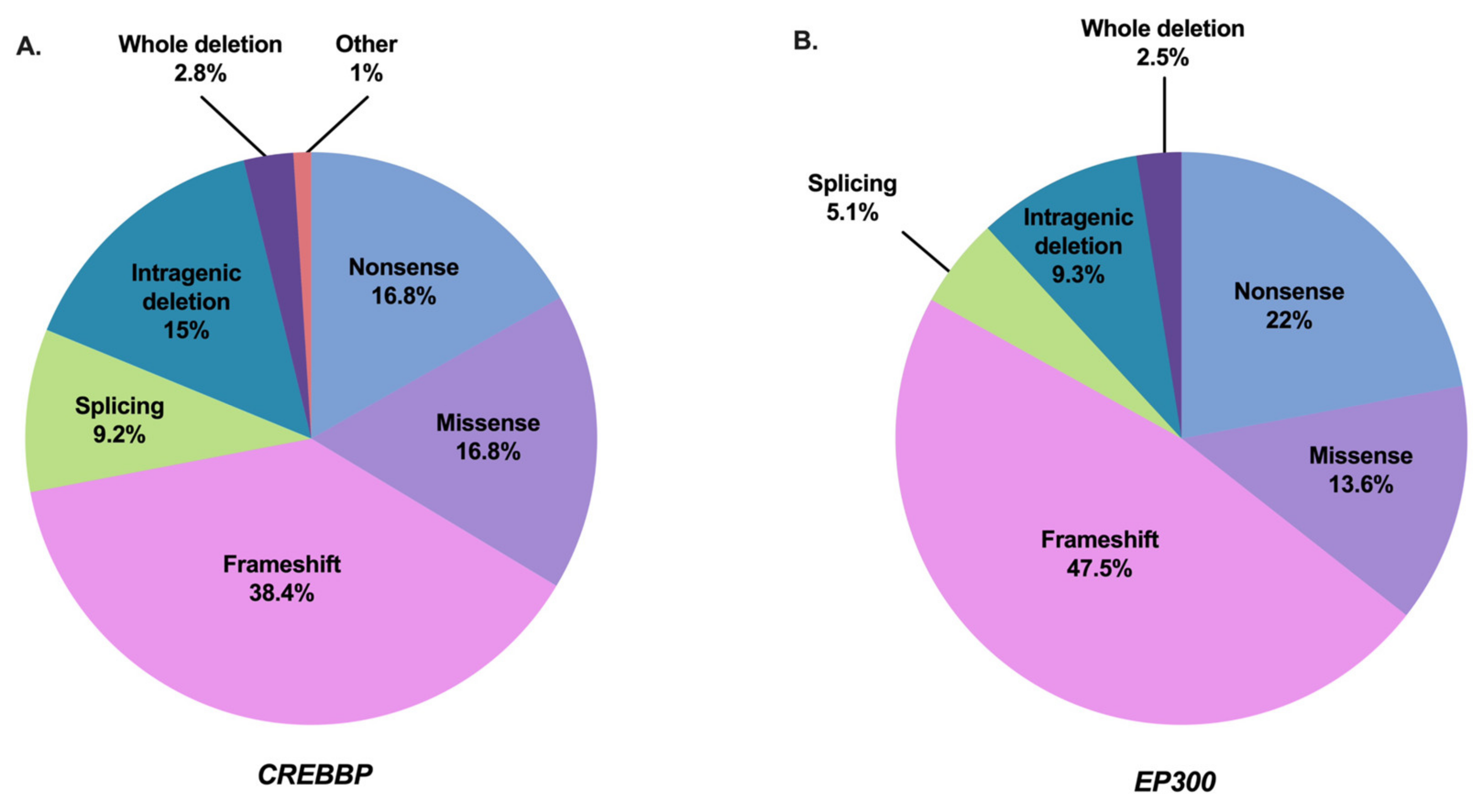 Genes, Free Full-Text20 junho 2024
Genes, Free Full-Text20 junho 2024 -
The - The Rubinstein-Taybi Syndrome Children's Foundation20 junho 2024
-
 Síndrome de Rubinstein-Taybi - Dra. Deborah Kerches20 junho 2024
Síndrome de Rubinstein-Taybi - Dra. Deborah Kerches20 junho 2024 -
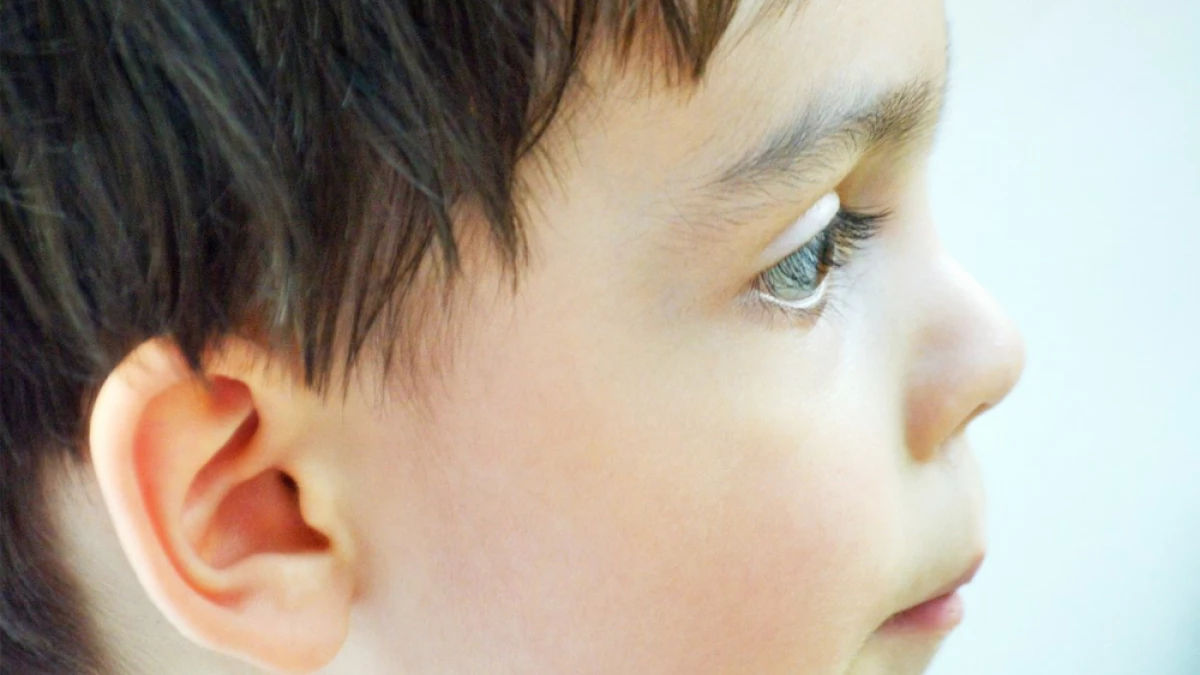 Síndrome de Rubinstein-Taybi: causas, síntomas y tratamiento20 junho 2024
Síndrome de Rubinstein-Taybi: causas, síntomas y tratamiento20 junho 2024 -
 O que é síndrome de Rubinstein-Taybi? - Crianças Especiais20 junho 2024
O que é síndrome de Rubinstein-Taybi? - Crianças Especiais20 junho 2024 -
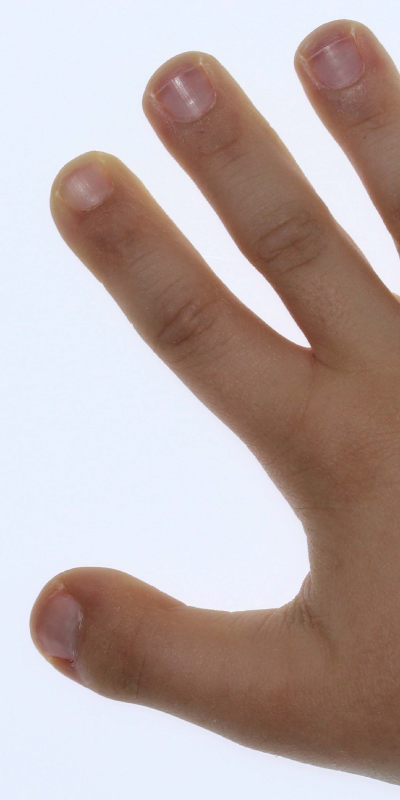 Sindrome di Rubinstein-Taybi: cos'è e come si manifesta20 junho 2024
Sindrome di Rubinstein-Taybi: cos'è e come si manifesta20 junho 2024 -
 Día Mundial del Síndrome de Rubinstein-TYBI - Centro Médico del Caribe20 junho 2024
Día Mundial del Síndrome de Rubinstein-TYBI - Centro Médico del Caribe20 junho 2024 -
 PDF) Genetic heterogeneity in Rubinstein-Taybi syndrome: Delineation of the phenotype of the first patients carrying mutations in EP30020 junho 2024
PDF) Genetic heterogeneity in Rubinstein-Taybi syndrome: Delineation of the phenotype of the first patients carrying mutations in EP30020 junho 2024 -
 Síndrome de Rubinstein Taybi20 junho 2024
Síndrome de Rubinstein Taybi20 junho 2024
você pode gostar
-
 O QUE EU DESENHAR APARECE NO MINECRAFT20 junho 2024
O QUE EU DESENHAR APARECE NO MINECRAFT20 junho 2024 -
 Tipos pokemon: Siniestro •Pokémon• En Español Amino20 junho 2024
Tipos pokemon: Siniestro •Pokémon• En Español Amino20 junho 2024 -
 Oscars 2022: Disney Pushes 'Black Widow' for Consideration Despite20 junho 2024
Oscars 2022: Disney Pushes 'Black Widow' for Consideration Despite20 junho 2024 -
Custom Dragon Colour - Torso - Roblox20 junho 2024
-
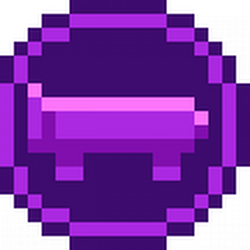 Category:Minigames, Google Doodle Champion Island Games Wiki20 junho 2024
Category:Minigames, Google Doodle Champion Island Games Wiki20 junho 2024 -
 Ah, yes. Another chess meme. : r/memes20 junho 2024
Ah, yes. Another chess meme. : r/memes20 junho 2024 -
Cenas épicas dos animes: Pokémon A luta final de Ash VS Leon dublado20 junho 2024
-
Joeschmo's Gears and Grounds: Isekai Shokudou S2 - Episode 3 & 420 junho 2024
-
 rellcoin bloodline tier list. probably wrong comment if you think I'm wrong :) : r/Shindo_Life20 junho 2024
rellcoin bloodline tier list. probably wrong comment if you think I'm wrong :) : r/Shindo_Life20 junho 2024 -
 Anime Like The King's Avatar20 junho 2024
Anime Like The King's Avatar20 junho 2024


